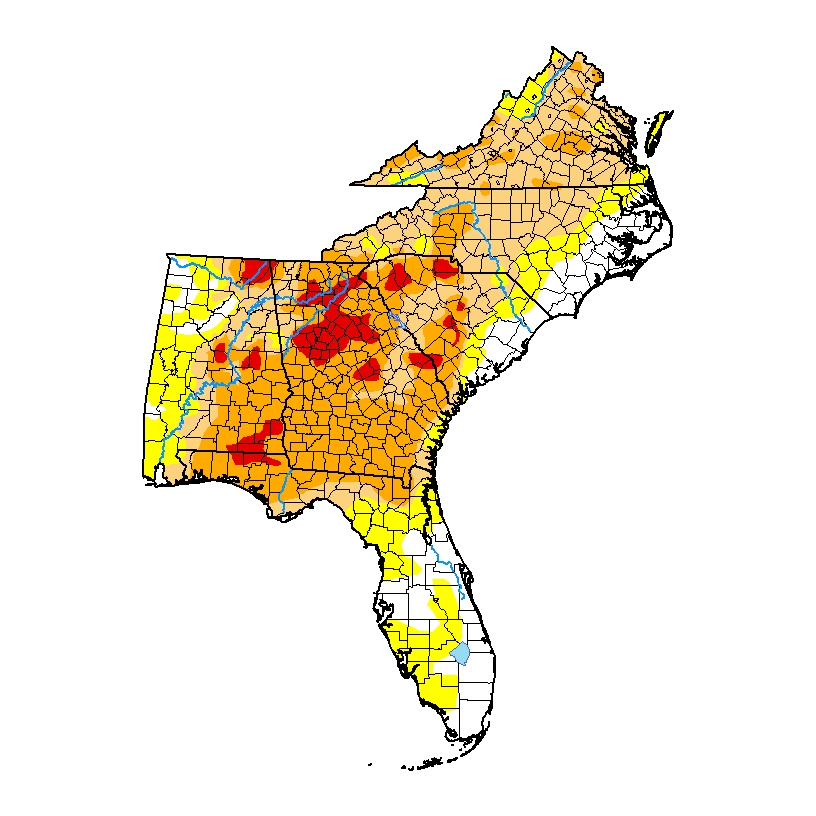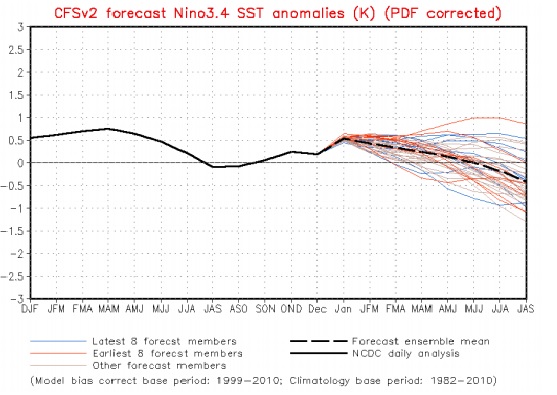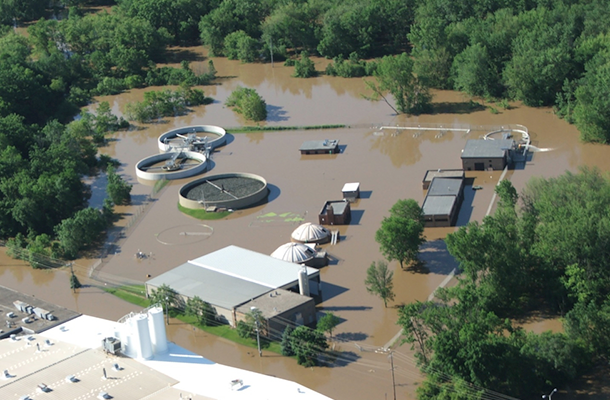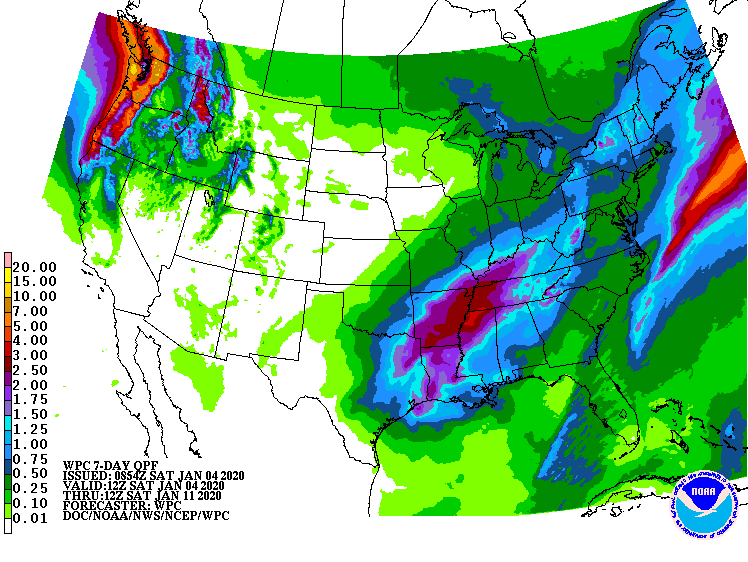-

Do you use the weekly US Drought Monitor in your work, or monitor it for changes in the drought status? Do you use it to help your producers get financial assistance when a severe drought hits? If so, you may be interested in this upcoming workshop on the US Drought Monitor, how it is put…
-

The latest weekly ENSO outlook was released by NOAA’s Climate Prediction Center today and show that while the sea surface temperatures in the eastern Pacific Ocean are quite warm at the moment, neutral ENSO conditions are expected to continue through Northern Hemisphere winter (70% chance) and spring (65% chance). In neutral conditions there is no…
-

As the climate gets warmer, floods become more frequent (and droughts too), and sea level also floods more land near the coast. Architect magazine posted an interesting story recently about how professional architects and city planners are looking at trends in flooding to plan future developments and plan for replacing current infrastructure like culverts. You…
Posted in: Climate and Ag in the news -

Even though news stories across the media are talking about the end of the decade and the start of a new decade, whether or not it is really the end of the decade is a matter of some debate. For climatologists, the next normal period of 1991-2020 is still a year from ending. Normal temperature…
Posted in: Climate and Ag in the news -

Occasionally I get asked about where to find calculators to determine climate footprints by teachers or farmers. Here are a few sites that can help provide estimates of your climate footprint. Note that these would not be sufficient for a producer who is trying to show a detailed evaluation, but they can serve as a…
Posted in: Tools for climate and agriculture -

If you love looking at images of weather from space, you will enjoy looking at this collection of fascinating images from Stu Ostro at The Weather Channel. He has captured many images of hurricanes, lightning, clouds, and fires in his yearly summary. Note that these are mostly satellite images, not surface images of clouds. You…
-

The latest 7-day QPF map shows that most of the Southeast should see relatively little rain in the next week. The exception is a swath stretching from SW Alabama to the northeast all the way to western NC and VA, which should see more rain, especially late in the week. Warmer and wetter than normal…
Posted in: Climate outlooks